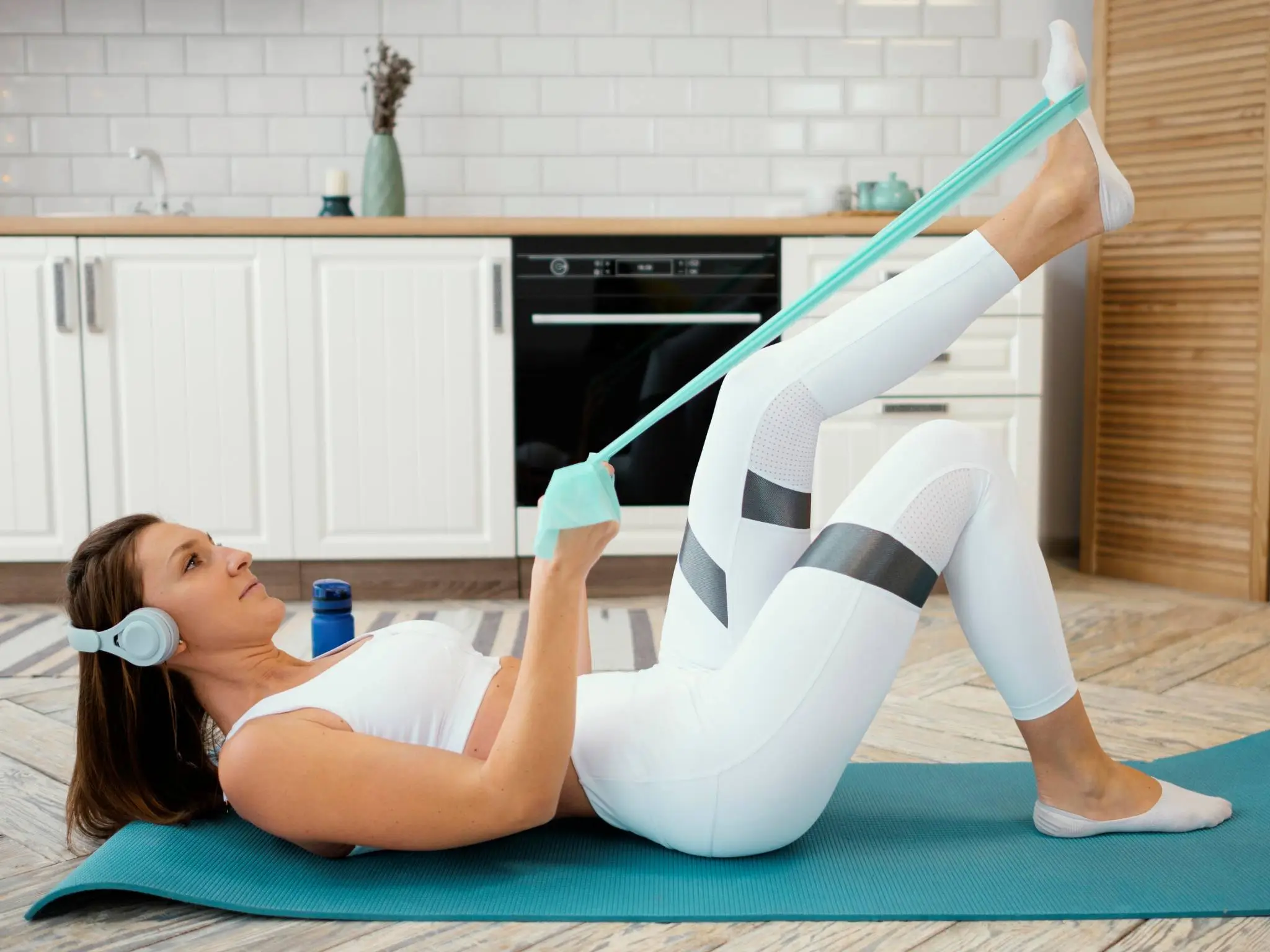How to Re-Train Your Legs
If you’ve recently been injured or are looking to build up your leg muscles to increase your strength, you’ll need to train your legs. There are ways you can do this; join a gym and work with a trainer, at-home workouts, or work with a physiotherapist. Before you decide which path to take to train your leg, you’ll need to learn about the muscle groups.
Breaking Down the Leg
The leg is very complex and it contains five sections.
- Upper leg:Beginning at the hip and ending at the knee, this section contains the largest bone in the body, the femur. The head of the femur is the ball of the ball and socket of the hip joint and its base is part of the knee.
The muscles in the upper leg are the quadriceps and hamstrings. The quadriceps are strong, lean muscles that consist of four groups at the front of the thigh that are used to extend the knee and lower leg. The hamstrings are found at the back of the thigh and are responsible for knee and hip movement.
- Knee: The knee is a connector joint that joins the bones in the upper and lower leg and contains the patella (aka the kneecap). The knee is found where the upper leg meets the femur and the lower leg bones. Composed of tendons, ligaments, bursa and cartilage, the knee is able to flex and twist to enable movement.
- Lower leg:The lower leg consists of the tibia and fibula. The tibia is a large bone that meets up with the femur at the knee whereas the fibula connects to the tibia under the knee joint. The lower leg is chock full of muscles. There are 20 muscles that allow us to raise and lower our legs, wiggle our toes and move our feet.
The lower leg also contains one of the most important structures in the body, the Achilles tendon. This connects the plantaris, calf and soleus to the heel bone so that we can run, jump and perform other physical activities.
- Ankle:Where the tibia and fibula meet the foot, you’ll find the ankle. With seven bones, the ankle can move, flex and rotate the foot to give us balance and movement.
- Foot:The foot is made up of 26 bones and 33 joints that allow it to bear weight. Together with the ankle, lower leg, knee, and upper leg, the foot is what allows us to walk and support our body weight.
Why You Need to Train Your Legs
As we age, it’s important to build our leg muscles to ensure stability. The older we get, the higher the chance of strength losses in our lower extremities. Training our legs now will help us as we grow older and avoid broken bones in the future.
Moreover, when we build our leg muscles, we can increase our resting metabolic rate. When our metabolism is slow, our body has a hard time turning food into energy, which can lead to weight gain and circulation problems. If you learn how to re-train your legs now, you won’t have to worry about falling or muscle loss when you reach your golden years.
Leg Training Exercises
By doing leg training exercises for two months you can actually reverse three to four decades of strength loss. There are two main leg training exercises you can do at home.
- Lunges:While holding a weight in each hand (start small with 3-5 pounds), face your palms towards your body. Take a step forward with your arms by your sides still parallel to your body. Bend your knees forwards so that it bears the weight of your body. Return to the starting position and repeat with your other leg. Do 8-12 lunges with each leg. If you cannot hold weights while attempting lunges keep your hands on your hips to ensure you keep your balance.
- Squats:When you correctly accomplish a squat you are working the quadriceps and thigh muscles and building a stronger overall leg. To do a proper squat, hold a weight behind your neck (again, start small with 3-5 pounds) and bend your legs to lower your torso a few inches. Do not go all the way down to the floor, otherwise you will be putting unnecessary strain on your knees. Do 8-12 squats and repeat for two reps. If you cannot hold weights while attempting squats, just interlock your fingers behind your head instead.
There’s an old saying: No pain, no gain. Pushing yourself is good but there are limits. The moment you feel pain you need to stop. When you work with a physiotherapist they will create a leg training program that gradually increases your leg strength, and stop you getting seriously injured. If you are a beginner when it comes to leg training or were recently injured, you should make an appointment with a physiotherapist to effectively learn how to re-train your legs. They will create a customized leg training plan that suits your exact needs.


